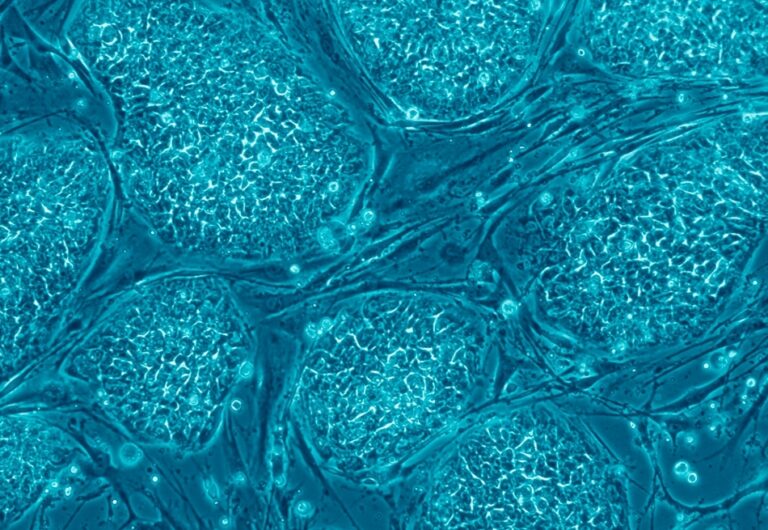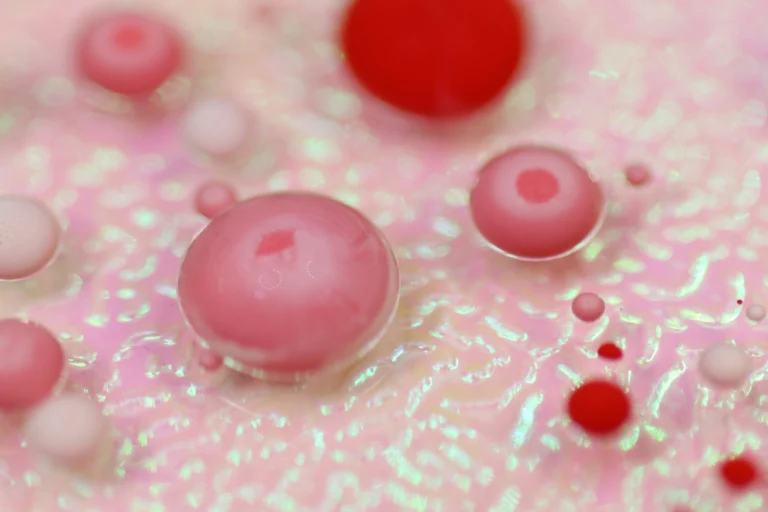
At CellRev, we are working towards a bright future for adherent cell culture across industries such as cultured meat and seafood, cell and gene therapies, and broader cell expansion needs.
While our compatibility continues to grow, here’s a closer look at some of the cell types we already work with and their major applications.
Our technology solves many of the challenges associated with adherent cells
Adherent cells are cells that need to adhere (attach) to a surface. There are two main systems used for cell culturing: adherent cell culture and suspension cell culture.
Whilst there are benefits to each process, adherent cell culture has become the preferred choice for many cell culturing projects.
CellRev’s pioneering technology is designed to work with adherent cells. Our process has effectively solved the historic challenges around adherent cell culture, streamlining the process and unlocking its commercial potential.
The benefit of immortalised cells
An immortalised cell line is a population of cells capable of proliferating indefinitely.
Such capability can occur in nature but may also be induced for experimentation and research purposes. Immortalised cells are useful in many fields including cell biology, biotechnology, and biochemistry.
The primary benefit of an immortalised cell line is that the cells are ‘immortal’: this sets them apart from other cells, which can only be grown for a definite period of time before they stop proliferating. An immortalised cell line allows full exploitation of the benefits associated with CellRev’s breakthrough in continuous biomanufacturing.
Which cell types are compatible with our technology?
CellRev technology is compatible with everything from animal (bovine, porcine, avian, fish) to human cells. We continue to test cell types and report on our results, gradually expanding our compatibility.
These are some of the cell types that our technology is compatible with so far:
HEK293
HEK293 (human embryonic kidney 293 cells) is an immortalised cell line derived from a human embryonic kidney in 1973.
These cells have featured prominently in cell culture and biology research for several decades, due in large part to their reliable growth rate. They have also been included in biotechnology research to create new therapeutic treatments and gene therapies.
These cells were first cultured in a laboratory in the Netherlands, where scientists transfected them with adenovirus DNA to create an immortalised cell line.
HEK293 is so named as the cells are from a human embryonic kidney, while the number ‘293’ comes from Canadian biologist Frank Graham’s style of numbering experiments (HEK293 was a result of his 293rd experiment).
CHO
Chinese hamster ovary (CHO) is a cell line that comes from the ovary of Chinese hamsters. This cell line is frequently used in medical research, and can be found in studies ranging from toxicity to nutrition and genetics.
The first CHO cell line is derived from a female Chinese hamster in 1957. This cell type is known for producing proteins similar to those found in humans.
CHO cells are often used in the development of therapeutic proteins and tissue culture. Since the original cell line, there have also been many variants developed for differing research purposes.
iPCSs
Induced pluripotent stem cells (iPCs) are a type of stem cell first generated in Japan from a somatic cell.
Cell potency describes a cell’s ability to change its phenotype (i.e. differentiate to another cell type). Pluripotent cells can differentiate into most cells in the body, thus they are considered particularly promising in the regenerative medicine field.
In 2006, researcher and iPCs pioneer Shinya Yamanaka demonstrated four genes (known as Yamanaka factors) that converted somatic cells to pluripotent stem cells. This finding led to his being awarded the Nobel Prize in 2012.
hMSCs
Human mesenchymal stromal cells (MSCs) are derived from different tissues. They were originally discovered in 1976 from human bone marrow, and are widely considered to be a fantastic option for therapeutic research and application.
One of the primary benefits of hMSCs is that they come with none of the ethical concerns surrounding the use of stem cells, whilst also having the ability to stimulate tissue repair and migrate to where they are needed.
They are a popular addition to research around cell therapies and pioneering therapeutic treatments.
Let’s talk about your cell culturing project
We’re always happy to discuss our technology’s compatibility and unique bioprocess.
Get in touch to find out more about how CellRev can help with your project.


